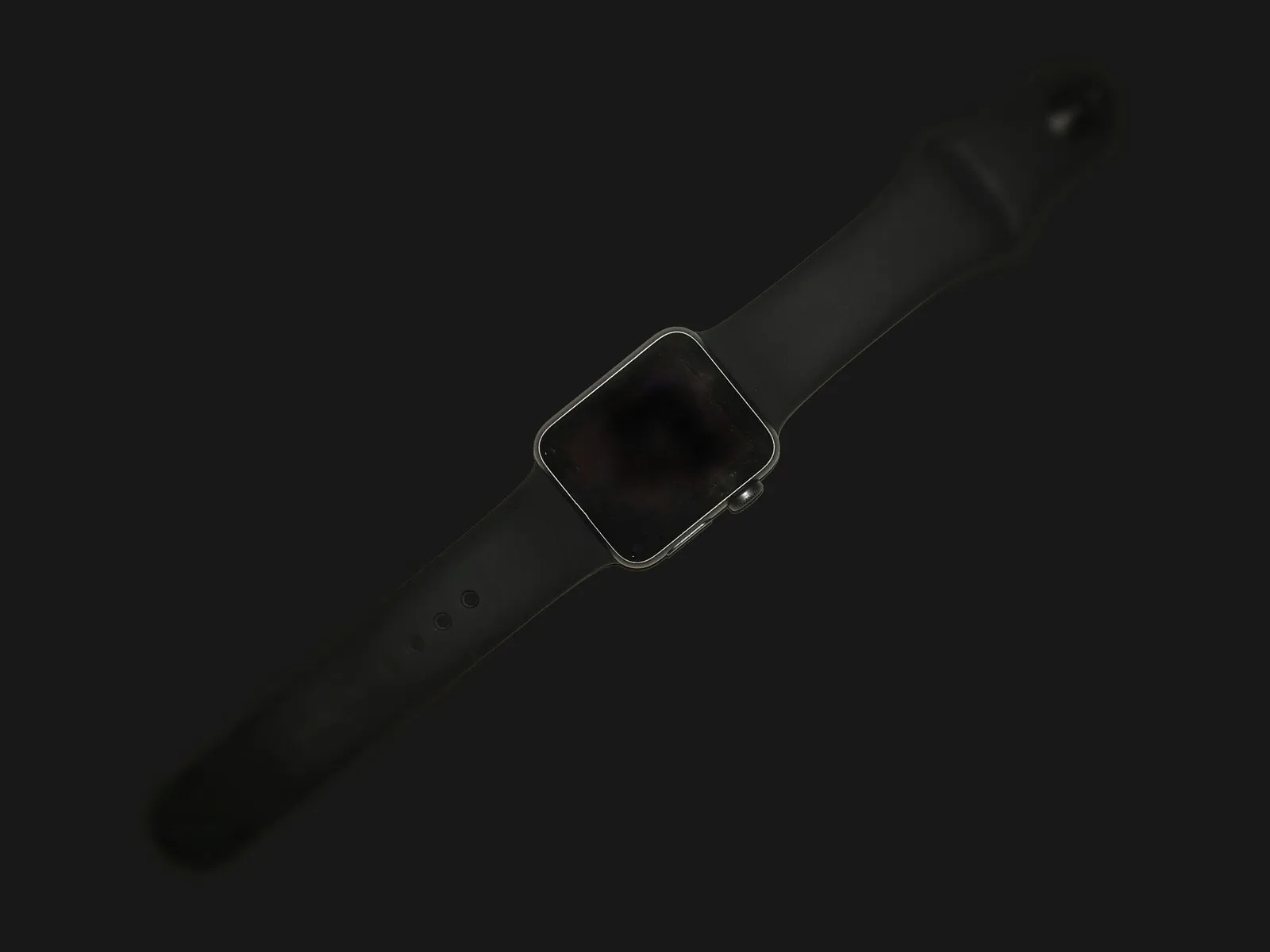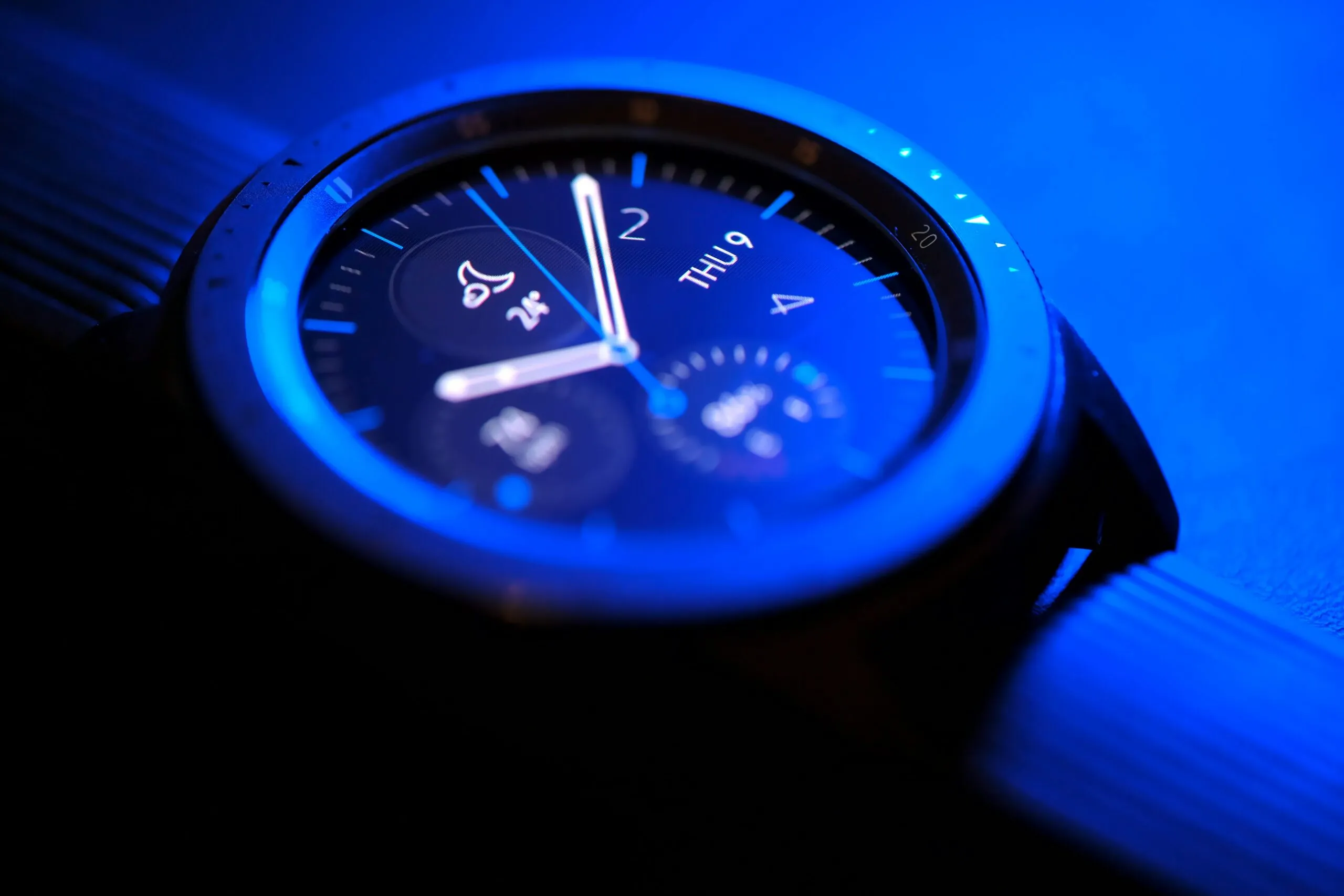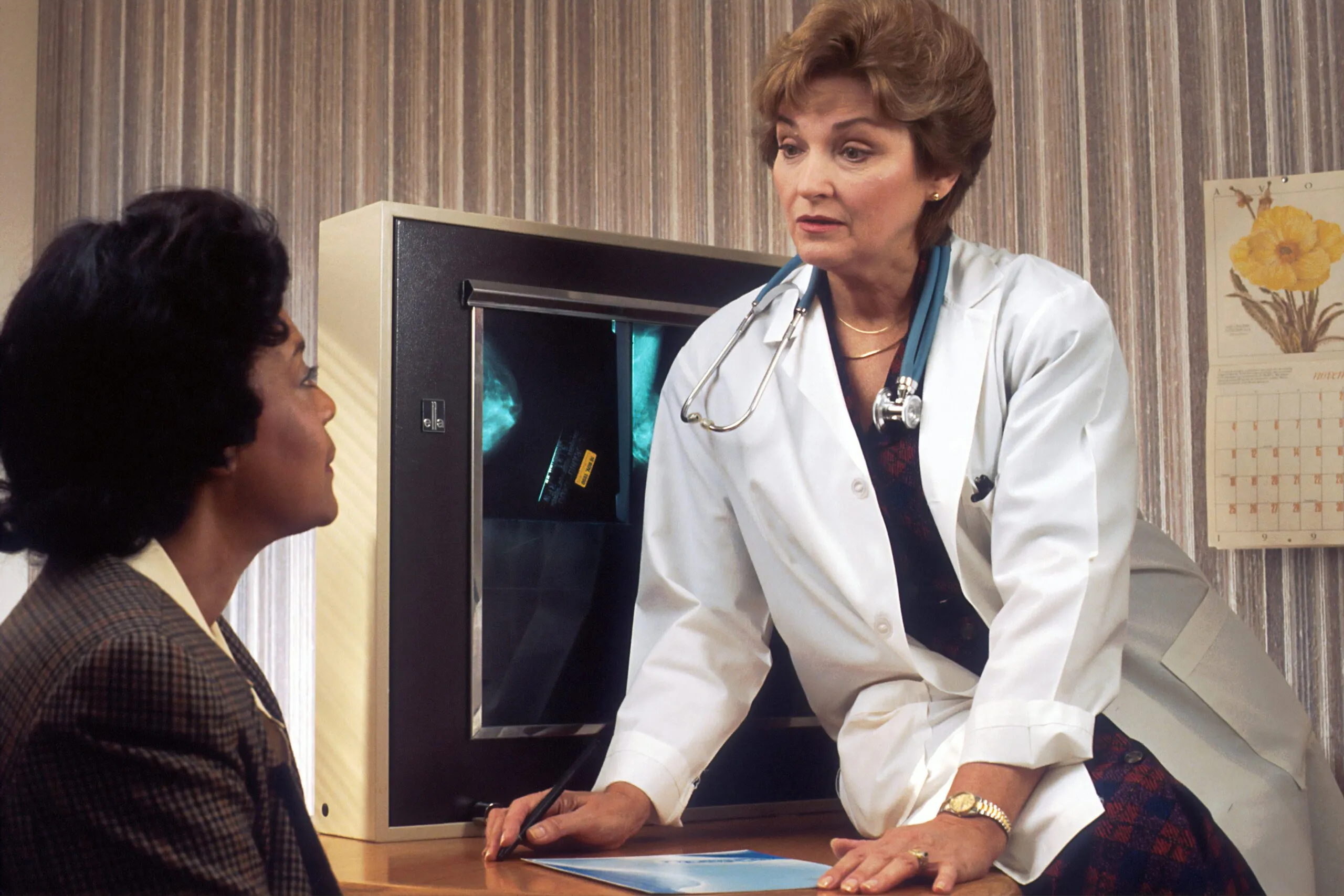
Understanding Sleep Quality
Sleep quality is a fundamental aspect of overall health, encompassing several criteria that can significantly affect daily functioning and well-being. It refers not only to the quantity of sleep one gets but also to its effectiveness in allowing the body to recover and rejuvenate. Good sleep quality is characterized by the ability to fall asleep easily, remain asleep throughout the night, and awaken feeling refreshed. In contrast, poor sleep quality is indicated by difficulties in initiating or maintaining sleep, frequent awakenings, and chronic fatigue upon waking.
Various factors contribute to achieving quality sleep, including the sleep environment, lifestyle choices, and mental state. For instance, a comfortable sleeping environment, free from noise and harsh light, is essential in promoting deep and restorative sleep. Additionally, the influence of substances such as caffeine and alcohol can severely disrupt sleep architecture, leading to fragmented sleep cycles. Psychological factors, including stress and anxiety, may also exacerbate sleep challenges, reducing the overall quality of sleep.
Understanding the stages of sleep is crucial for recognizing sleep quality. Sleep is divided into two primary types: non-rapid eye movement (NREM) sleep and rapid eye movement (REM) sleep. NREM sleep is further categorized into three stages, with stages N2 and N3 representing light and deep sleep, respectively. Deep sleep is vital for physical restoration and immune function, while REM sleep supports memory consolidation and emotional processing. Disturbances during these stages can trigger issues such as insomnia, sleep apnea, and restless leg syndrome, each negatively impacting overall health.
Statistics reveal that sleep disorders are increasingly common, with estimates suggesting that up to 30% of adults experience some form of insomnia. The repercussions of poor sleep quality are profound; they can lead to diminished cognitive function, heightened stress levels, and increased susceptibility to chronic health conditions. As such, monitoring sleep quality has become essential in enhancing both physical and mental health.
Overview of Wearable Technology in Sleep Monitoring
The evolution of wearable technology has transformed various aspects of health and wellness, particularly in the realm of sleep monitoring. Various devices, including fitness trackers, smartwatches, and specialized sleep monitors, have emerged as essential tools for assessing sleep patterns and overall sleep quality. These gadgets are designed to be user-friendly, allowing individuals to easily track their nightly rest without significant disruption to their routine.
Fitness trackers, such as those produced by Fitbit and Garmin, have incorporated sleep tracking features as part of their broader health metrics. These devices typically utilize accelerometers to measure movement, helping to differentiate between sleep stages—such as light, deep, and REM sleep. Smartwatches, including Apple Watch and Samsung Galaxy Watch, have also integrated sleep monitoring functionalities, often using similar sensors to analyze sleep quality and duration, alongside health metrics like heart rate variability.
In addition to these multi-functional devices, specialized sleep devices have become increasingly popular. Products like the Oura Ring and Lenovo’s sleep monitoring tech focus solely on sleep performance. These devices employ advanced sensors, such as infrared and heart rate sensors, to provide a comprehensive view of a user’s sleep. The algorithms used by these gadgets interpret the data gathered, offering insights that are both informative and actionable.
As for the accuracy of data collected, recent studies indicate that wearable technology for sleep monitoring has made notable strides in reliability. However, discrepancies can still arise due to factors such as device placement or individual user differences. It is imperative for users to understand both the capabilities and limitations of these devices, ensuring they complement healthcare advice. With the continued advancement in sensor technology and data analytics, wearable tech is positioned to play an increasingly significant role in understanding and improving sleep quality.
Benefits of Using Wearable Tech for Sleep Monitoring
Wearable technology has transformed the way individuals monitor and enhance their sleep quality. These innovative devices empower users by providing crucial insights into their sleep patterns, enabling them to understand the dynamics of their nighttime rest. By collecting data such as sleep duration, quality, and disturbances, wearables help identify issues like insomnia, sleep apnea, or restless leg syndrome, which might otherwise go unnoticed. Armed with this knowledge, users can take proactive steps to address any identified problems, leading to a more restorative sleep experience.
Furthermore, wearable devices offer personalized recommendations based on individual sleep data. These tailored insights can suggest optimal sleep schedules, relaxation techniques, and lifestyle adjustments to promote better rest. This custom approach to sleep management is particularly beneficial as it considers the unique habits and needs of each user, making it easier for individuals to make informed changes that lead to improved sleep quality over time.
Additionally, wearables often allow users to track their progress over time, providing a clear view of their sleep trends. This longitudinal perspective enables individuals to measure the effectiveness of any modifications they have implemented based on the data provided by their devices. Such tracking motivates users to remain committed to their sleep improvement goals, ultimately fostering a sense of accountability.
Moreover, the integration of wearable technology with various health and wellness applications enhances the overall user experience. By synchronizing data across multiple platforms, users can access holistic insights that encompass sleep quality along with other health metrics, such as physical activity or stress levels. This comprehensive understanding can further contribute to optimizing their overall well-being, illustrating the significant impact that improved sleep can have on daily productivity and health.
Choosing the Right Sleep Monitoring Device
In the pursuit of better sleep quality, selecting the appropriate sleep monitoring device is crucial. With a plethora of options available, it is essential to consider individual needs and preferences. A primary factor to evaluate is data accuracy. Accurate sleep tracking enables users to identify patterns, providing insights that can lead to improved rest. Look for devices that utilize advanced sensors and algorithms to measure sleep stages, duration, and disturbances reliably.
Battery life is another vital feature to take into account. Devices with extended battery life reduce the frequency of recharging interruptions, allowing for continuous monitoring over several days. Users should seek wearables that offer a balance of functionality and longevity, as this contributes to consistent tracking. Comfort is equally important; a wearable should be lightweight and unobtrusive, ensuring that it does not hinder sleep. Options like wristbands, headbands, or even smart textiles can significantly influence comfort levels during nightly use.
Beyond basic tracking, additional functionalities can enhance the effectiveness of the device. Features such as heart rate monitoring and stress tracking provide deeper insights into overall well-being and can be invaluable in understanding sleep quality. Furthermore, integration with smartphone applications allows for a more comprehensive view of sleep patterns and behaviors, enabling users to make informed adjustments.
For those interested in specific recommendations, several brands offer reliable devices. Market options like the Fitbit Charge, Apple Watch, or the Oura Ring cater to different needs, each with unique features. When using wearables, it is beneficial to adopt a holistic approach to sleep hygiene. This can involve maintaining consistent sleep schedules, creating calming bedtime routines, and engaging in relaxation techniques. Ultimately, choosing the right sleep monitoring device is pivotal in harnessing the potential of wearable technology to improve sleep quality effectively.

